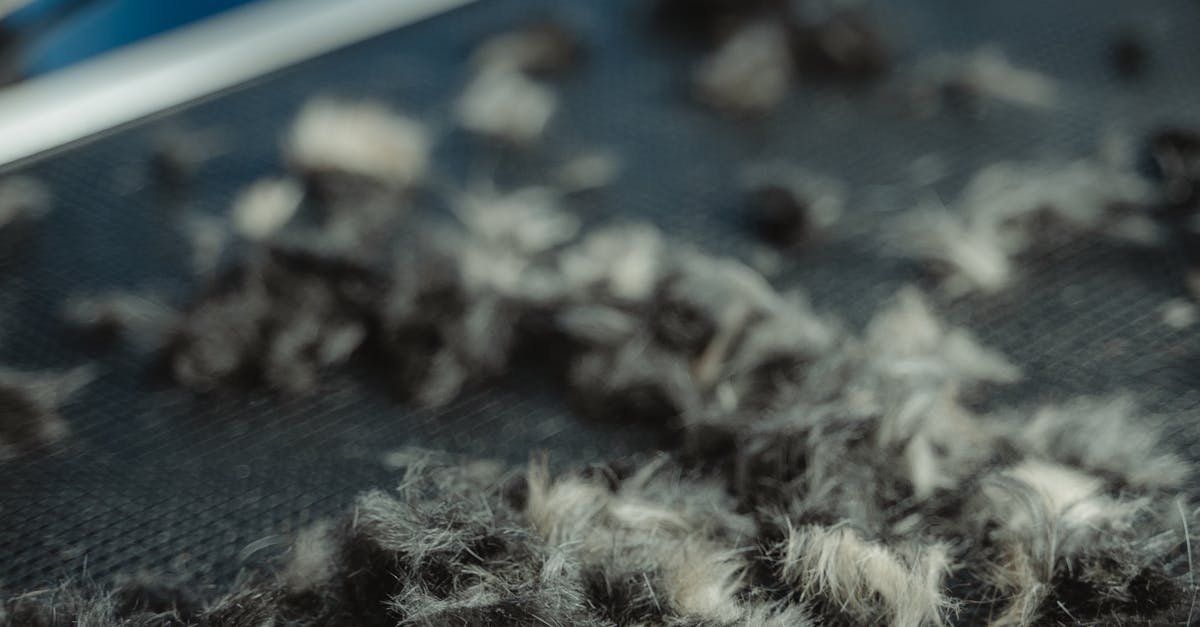
Dog Shedding Solutions: Best Tools, Tips & Remedies for Excessive Shedding
Estimated reading time: 8 minutes
Key Takeaways: Dog Shedding Solutions
- Understand why dogs shed and which breeds shed the most.
- Discover the best brush for shedding dogs (including groomer favorites).
- Learn dog shedding season tips to manage seasonal coat changes.
- Try a simple homemade dog shedding spray recipe.
- Explore foods that reduce dog shedding for a healthier coat.
Table of Contents
- Understanding Dog Shedding
- Best Brush for Shedding Dogs
- Dog Shedding Season Tips
- Homemade Dog Shedding Spray
- Foods That Reduce Dog Shedding
- Frequently Asked Questions
1. Understanding Dog Shedding
Why Do Dogs Shed?
Shedding is how dogs replace old or damaged fur with new growth. Some breeds shed year-round, while others have heavy seasonal shedding (especially in spring and fall).
However, excessive shedding can signal:
- Allergies (food or environmental).
- Parasites (fleas, mites).
- Poor nutrition (lack of essential fatty acids).
- Skin infections or hormonal imbalances.
If your dog’s shedding seems sudden or patchy, consult your vet. For more on pet allergies, see our guide to seasonal pet allergies.
Source: AKC, Progressive
Breeds Prone to Heavy Shedding
Some dogs shed more due to their coat type:
Heavy Shedders (Double-Coated Breeds):
- Labrador Retrievers
- German Shepherds
- Siberian Huskies
- Golden Retrievers
Low-Shedding Breeds:
- Poodles
- Shih Tzus
- Bichon Frises
Double-coated breeds experience “coat blowouts” in spring and fall, so expect extra fur during these times! For breed-specific care, explore our fluffy dog breeds guide.
Source: Waterdown Vet
2. Best Brush for Shedding Dogs
Types of Brushes
Not all brushes work the same! Here’s what to use based on your dog’s coat:
- Slicker Brushes – Best for detangling and medium/long coats.
- Deshedding Tools (e.g., Furminator) – Removes undercoat fur efficiently.
- Undercoat Rakes – Ideal for thick double coats.
- Rubber Mitts – Gentle option for short-haired dogs.
Top Brush Recommendations
The Furminator is a groomer favorite because it:
- Reduces shedding by up to 90%.
- Works on both long and short coats.
- Is easy to clean and long-lasting.
For more grooming essentials, check out our ultimate dog grooming guide.
Source: The Fun Times Guide
3. Dog Shedding Season Tips
When Shedding Peaks
Most dogs shed heavily in:
- Spring (losing winter coat).
- Fall (preparing for winter).
For year-round pet care strategies, read our seasonal pet care guide.
Source: Progressive
4. Homemade Dog Shedding Spray
Easy Recipe
Mix:
- 2 tbsp coconut oil (moisturizes).
- 1 tbsp aloe vera gel (soothes skin).
- 1 cup water (dilutes mixture).
How to Use:
- Shake well before spraying.
- Lightly mist your dog’s coat.
- Brush through to distribute.
Tip: Use after baths for best results! Pair with a pet-safe shampoo for optimal coat health.
5. Foods That Reduce Dog Shedding
Key Nutrients for a Healthy Coat
- Omega-3s (fish oil, flaxseed) – Reduce inflammation.
- Biotin & Zinc (eggs, lean meats) – Strengthen hair follicles.
- Vitamin E (spinach, sunflower seeds) – Promotes shine.
For a deeper dive into pet nutrition, visit our pet nutrition guide.
Source: Ella.co, Haarstad Vet
Frequently Asked Questions
- Why is my dog shedding so much?
- What is the best brush for a double-coated dog?
- Can diet really reduce shedding?
Why is my dog shedding so much?
Excessive shedding can be due to seasonal changes, allergies, poor nutrition, or underlying health issues. If shedding seems abnormal, consult your vet.
What is the best brush for a double-coated dog?
Deshedding tools like the Furminator or undercoat rakes work best for double-coated breeds to remove loose undercoat fur effectively.
Can diet really reduce shedding?
Yes! A diet rich in omega-3 fatty acids, biotin, and essential vitamins can significantly improve coat health and reduce excessive shedding in pets. Here’s how nutrition impacts shedding:
- Omega-3 fatty acids (found in fish oil, flaxseed, and certain specialty pet foods) help maintain skin moisture and reduce inflammation that can contribute to excessive hair loss.
- Biotin and B vitamins support healthy hair follicle function and strengthen hair shafts, making them less prone to breakage.
- Protein quality matters – hair is primarily made of protein, so ensuring your pet gets complete, high-quality proteins provides the amino acid building blocks needed for healthy coat maintenance.
- Zinc and vitamin E act as antioxidants that support skin health and can help reduce oxidative stress that contributes to poor coat condition.
- Proper hydration is also crucial, as dehydration can lead to dry skin and increased shedding.
